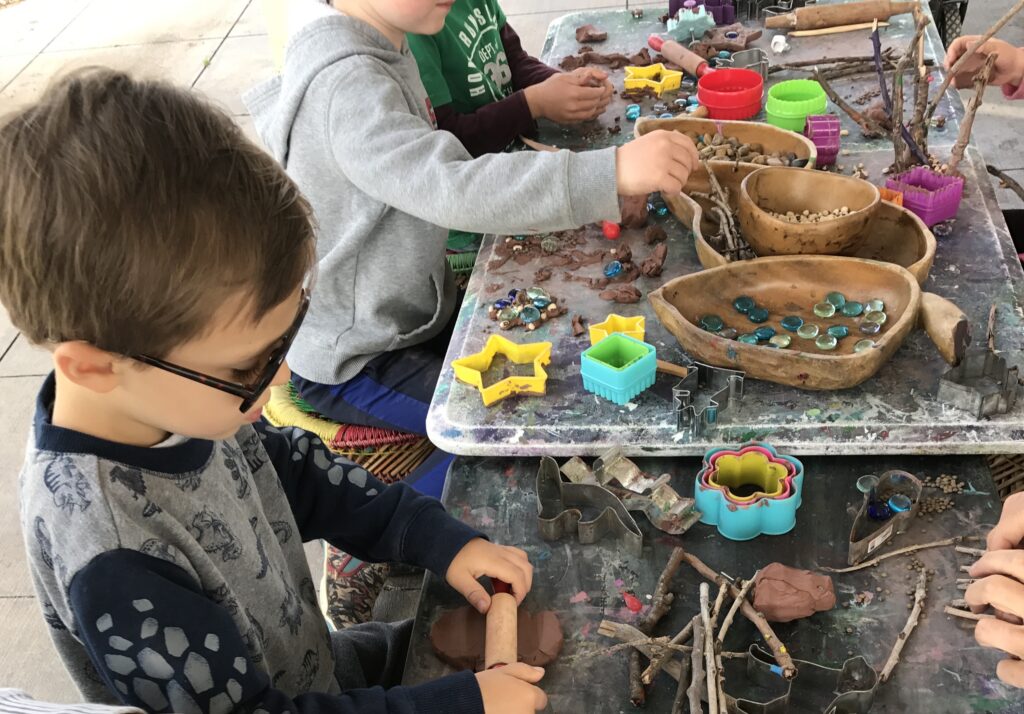
What Clay Modeling is
Clay modeling is an excellent art activity for young children because it engages multiple senses. Traditionally, clay modeling involves hand manipulation of soft clay. Children love playing with clay, shaping it into various forms. Clay modeling is a fundamental domain of visual arts that supports spatial learning in three dimensions. Clay modeling is good sensory tactile play children need to experience.
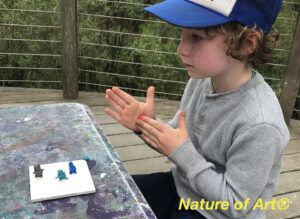
Tactile Pay Is Important
It is becoming increasingly important for children to have sensory tactile play opportunities in early childhood. Almost all art creation involves direct sensory touch to construct. Without these tactile experiences, a child may miss out on vital spatial learning. Tactile play supports healthy brain development.
I suggest providing children with numerous chances to engage in sensory tactile art projects. Activities that involve touching and feeling materials. Clay play and modeling can offer enjoyable tactile sensory experiences. In my book “Clay Play,” I explain into the benefits of using modeling clay for tactile sensory play in greater detail.
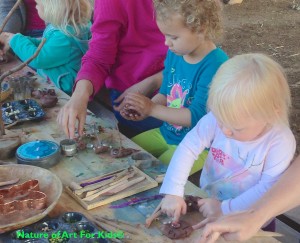
Sensory tactile Play Helps With Comprehension
Furthermore, In my art teaching books I explain the significance of tactile clay in brain development. Drawing from my experience as an art instructor, where I have observed over 200,000 children engaging in sensory art activities over three decades. I discuss how tactile sensory sensations aid young children in learning and comprehending ideas.
Engaging in tactile art projects allows children to learn through hands-on experiences. By touching and feeling, children can better grasp concepts. The manipulation and creation of art pieces contribute to a child’s comprehension and learning during tactile sensory experiences. Incorporating movement helps activate neural networks more effectively, creating a continuous loop of feedback that supports cognition.
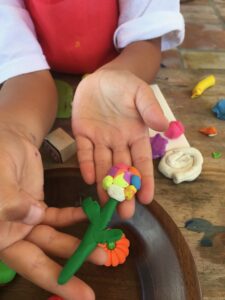
Good For Energetic Children
Tactile learning approaches are beneficial for energetic children who learn effectively through physical actions and hands-on experiences. Essentially, children learn better when they are actively moving. Dynamic movement enhances learning compared to relying solely on auditory and visual input.
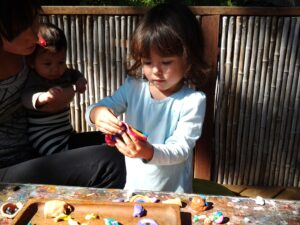
And finally, directly touching also enhance fine motor skill control. Below are some sensory clay activities that promote this type of learning. For further insights, I encourage you to explore more of my blogs or art education books.
Clay Play Activities:
- Use modeling clay to play or sculpt small figures
- Teach kids how to roll clay out
- Teach kids how to flatten clay
- Teach kids how to make snakes or coils out of clay
- Teach kids how to shape and mold clay
- Teach kids how to create basic geometric forms
If you’re interested in learning more consider buying my Clay Curriculum or Clay Play Book.
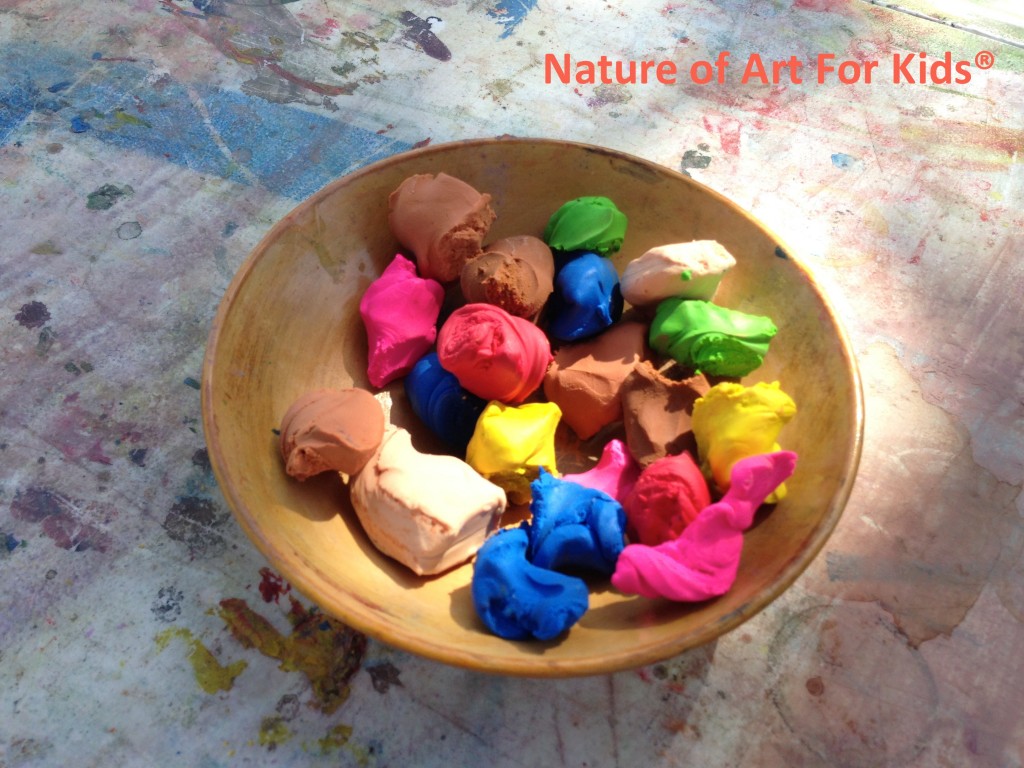
Safe Clay For Children
When doing tactile art projects that involve direct touching, it’s crucial to use safe, non-toxic art supplies. For children under 12 years old, it’s important to stick with non-toxic clays. Young childre’s immune systems are not as strong as adults. Young children may not be able to handle exposure to harmful substances.
Art supplies can accidentally be ingested, absorbed, or inhale. So it’s important to be cautious. Many professional art products contain toxic ingredients and are meant for adult use only. To safeguard a child’s health, always choose art supplies specifically made for young children.
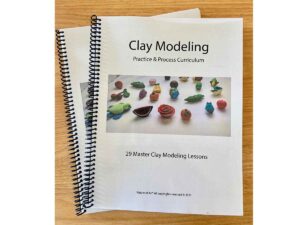
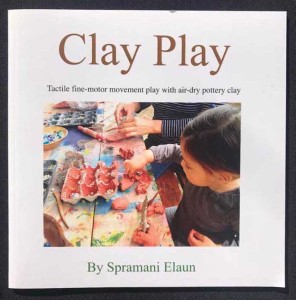
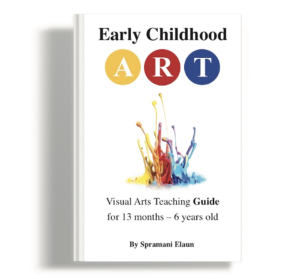
All rights reserved © 2024, Nature of Art®

No part of this blog may be used or be reproduced in any manner whatsoever including reproducing, publishing, performing, and making any adaptions of the work – including translation into another foreign language without written permission except in the case of brief quotations embodied in critical articles and reviews. Nature of Art® Publishing P.O. Box 443 Solana Beach, California 92075.


Pingback: 10 Nature Art Projects for Kids | EcoKidsArt.com Official Website For – Nature of Art For Kids® School & Art Store()